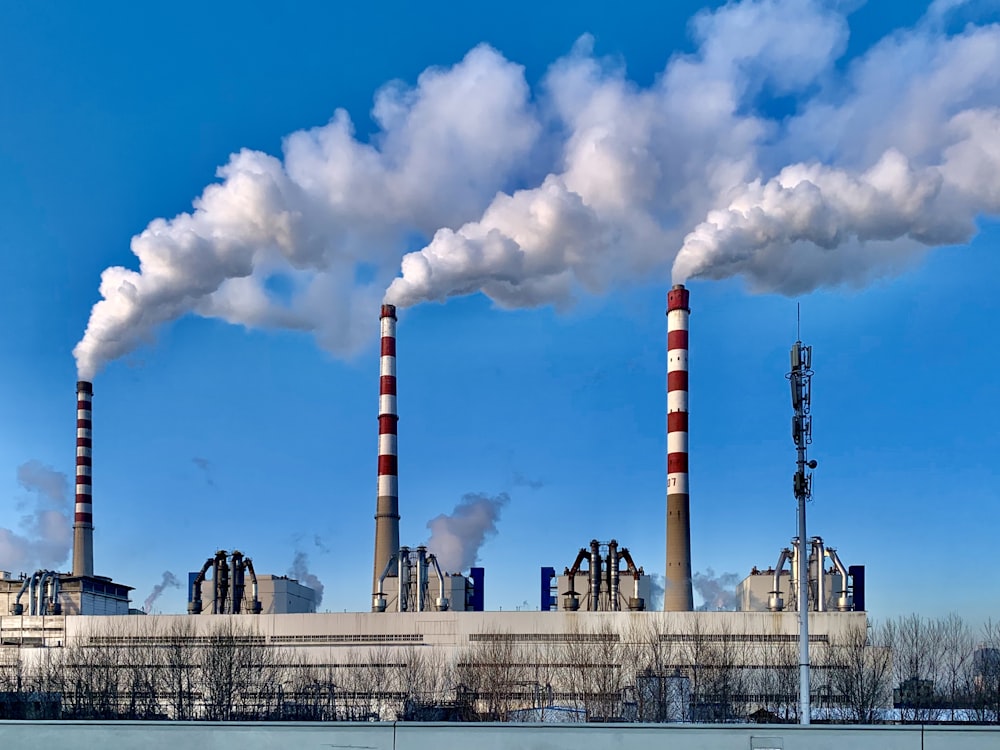Image Source: Unsplash
Chapter 1: An Introduction to Gautam Adani and the Adani Group
India’s most affluent personality, Gautam Adani, and his gargantuan conglomerate, the Adani Group, have recently been in the spotlight for all the wrong reasons. With a net wealth of roughly $118 billion as of April 2022, Adani has grown his fortune astronomically over the past three years, primarily due to the meteoric rise of his key listed companies’ share prices.
Adani, a self-starter who commenced his career as a commodity trader in the 1980s, eventually established the Adani Group in 1988. The conglomerate rapidly morphed into a behemoth private infrastructure empire that manages ports, airports, and coal mines across India and the globe. The group’s impressive portfolio also includes data and cable centers and defense goods manufacturing. It has ambitious plans to invest $70 billion in green energy businesses in the forthcoming year.
Despite Adani’s remarkable success, it has not been without controversy. The company’s rapid growth has often been attributed to generous government concessions, largely because of Adani’s close association with India’s ruling Bharatiya Janata Party.
Chapter 2: Unraveling Hindenburg’s Findings
Recently, activist investment firm Hindenburg Research released a damning report accusing the Adani Group of “brazen” stock manipulation and accounting fraud amounting to $218 billion. The report’s allegations are severe, claiming that the Adani Group engaged in stock price manipulation and accounting fraud over the course of decades.
Hindenburg’s findings suggest that even if one were to accept the financials of the Adani Group at face value, its seven main listed companies would face an 85% downside purely based on fundamentals, given their sky-high valuations. The report also warns that the group’s significant debt puts the conglomerate on shaky financial ground.
Chapter 3: The Adani Family and their Alleged Involvement
The Hindenburg report names several members of the Adani family, including Gautam Adani’s brothers, Rajesh and Vinod Adani, as well as associates of the Adani Group, allegedly involved in significant bribery and tax evasion cases.
Members of the Adani family have been the subjects of past corruption investigations carried out by the Securities and Exchange Board of India (SEBI) and the Directorate of Review Intelligence. The Hindenburg report claims that Adani family members allegedly cooperated in the creation of offshore shell entities worth $4.5 billion through forged documents, primarily in tax-haven jurisdictions like Mauritius, the UAE, and the Caribbean islands.
Chapter 4: The Offshore Shell Game
The report presents evidence of a complex web of offshore shell entities controlled by Vinod Adani or close associates. Thirty-eight such entities were identified in Mauritius alone, with additional entities found in Cyprus, the UAE, Singapore, and several Caribbean Islands. These entities, despite having no visible signs of operations, have collectively moved billions of dollars into Indian Adani publicly listed and private entities, often without the requisite disclosure of the related party nature of the deals.
Chapter 5: Stock Manipulation and Money Laundering Allegations
The shell entities associated with Vinod Adani are suspected of serving multiple functions, including stock manipulation and money laundering. The goal appears to be to funnel money from Adani’s private companies onto the listed companies’ balance sheets to maintain the appearance of financial health and solvency.
Chapter 6: Potential Breach of SEBI’s Rules
Publicly listed companies in India are subject to rules requiring disclosure of all promoter holdings. Rules also mandate that listed companies have at least 25% of the float held by non-promoters to mitigate manipulation and insider trading. Four of Adani’s listed companies are on the brink of the delisting threshold due to high promoter ownership.
Chapter 7: The Role of Offshore Funds
Hindenburg’s research indicates that offshore shells and funds tied to the Adani Group comprise many of the largest “public” holders of Adani stock. This issue could subject the Adani companies to delisting if the Indian securities regulator, SEBI’s rules, were enforced.
Chapter 8: The Adani Group’s Defense
In response to the allegations, Adani Group’s chief financial officer, Jugeshinder Singh, issued a statement calling the report a “malicious combination of selective misinformation and stale, baseless, and discredited allegations.” The conglomerate did not address specific allegations in its official statement but said it has always been in compliance with the law.
Chapter 9: Possible Legal Repercussions
Adani Group has hinted at pursuing legal action against Hindenburg. It is evaluating the relevant provisions under US and Indian laws for remedial and punitive action against Hindenburg Research.
Chapter 10: The Aftermath and Implications
The repercussions of the report have been significant, causing a dip in Adani’s personal wealth and a significant decline in Adani Group’s stock prices. The report also raises serious questions about corporate governance, regulatory oversight, and the use of offshore entities for financial manipulation.
As the saga continues to unfold, it serves as a stark reminder of the urgent need for increased transparency and accountability in corporate dealings, especially for companies of such monumental scale as the Adani Group.
In conclusion, the Adani Group’s narrative underscores the importance of robust corporate governance structures and regulatory oversight in safeguarding the interests of shareholders and maintaining the integrity of financial markets. As the world continues to scrutinize the unfolding drama, the final verdict remains to be seen.
You may be interested: The Ultimate Guide to Financial Modeling: Everything You Need to Know – Click Virtual University (clickuniv.com)

Leave a Reply